The Perils of Penny Pinching
At the WoolSafe Organisation we offer free carpet care and spot removal advice to carpet manufacturers, retailers and owners. We seem to be receiving increased numbers of calls from consumers who have employed the services of ‘cut price cleaners’ and have been left, at best, with cleaning results they were disappointed with and at worst, with destroyed carpets.
Invariably the consumer has been enticed by low cleaning rates. We’ve all seen the flyers; £10.00 per room £50.00 the whole house! It turns out that the ‘cheap cleaners’ are actually false economy, the old adage ‘buy cheap, pay twice’ comes to mind or as my old school teacher used to say “if you pay peanuts you get monkeys”.
To be able to quote so low certain cleaning processes are invariably cut short or not carried out at all. A very important first step in carpet cleaning is vacuuming. Over 80% of the soil in carpet is dry particulate that has worked its way to the bottom of the pile. It is this coarse sand and grit that abrades the fibres and if not removed can cause premature wear and pile flattening. In synthetic fibre carpets it is this kind of soiling that ‘scratches’ the fibre causing it to lose its lustre and develop permanent grey/brown traffic lanes.
After dry soil removal, many different methods of cleaning can be employed; however the majority have two distinct steps. The first step is to apply a cleaning product to the carpet, agitate and leave to dwell for a few minutes. Step two is to rinse, in the case of hot water extraction or vacuum away, in the case of low moisture encapsulation and ‘dry compound’ cleaning. With cut price cleaning, step one is often cut short (dwell time and agitation is insufficient) or omitted and the cleaner tries to combine it with step two.
Another way to cut costs is to use cheaper, less effective cleaning products or to dilute the product to a higher ratio. This has an obvious effect on the end results.
Cut price cleaning companies rarely have the resources to invest in professional training for their technicians, leading to potential problems being overlooked, and technicians working without the knowledge of cleaning chemistry necessary for safe and effective cleaning of all the different fibres in the market today.
The last stage in the cleaning of domestic or commercial carpet is drying. Drying times can vary depending on the cleaning process. Dry compound cleaning leaves carpet dry in as little as half an hour, other low moisture methods can be dry in a couple of hours. With hot water extraction air movers are used to speed up drying times so carpets are dry between six to twelve hours maximum. Cut price cleaners rarely invest in this equipment. A common complaint we hear from distraught carpet owners is how their carpet is still wet 24 or 48 hours later! This is very dangerous as mould can start to develop after as little as 12 hours. If the still damp carpets are walked on or have the furniture replaced on them, excessive soiling and permanent staining can be the result.
So how do you find a good cleaner?
Check that they are properly trained by a recognised organisation, association, franchise or quality product manufacturer. Make sure they are members of a reputable industry body such as the National Carpet Cleaners Association (NCCA) or The WoolSafe Organisation, then you can also rest assured that they have full insurance and follow a code of practice. If you have natural fibre carpet then using a WoolSafe Approved Service Provider is the best option. It not only ensures that your comfortable floor covering is being looked after by a natural fibre care specialists but also that only products that have been tested and certified as safe and effective for your carpet are being used on them.



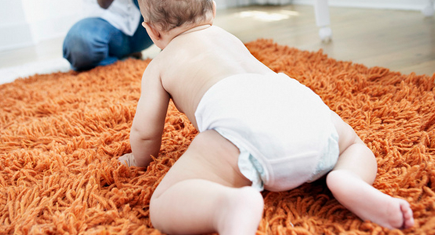
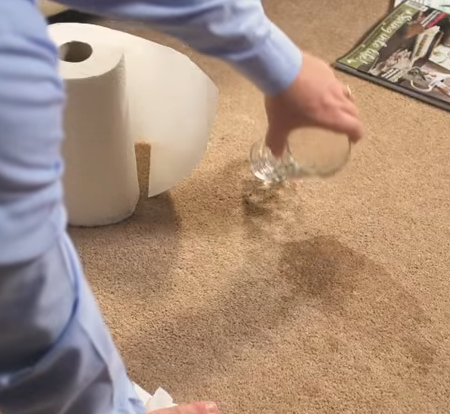
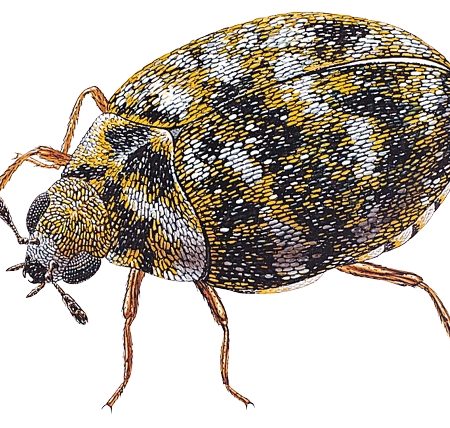
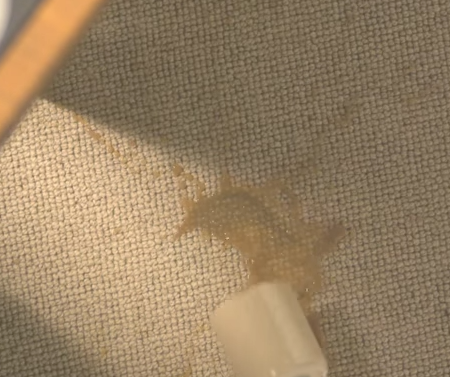
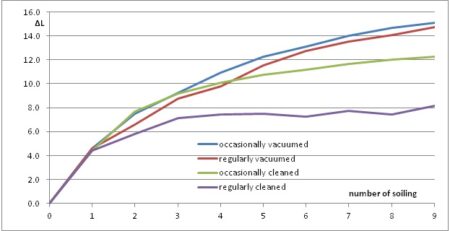
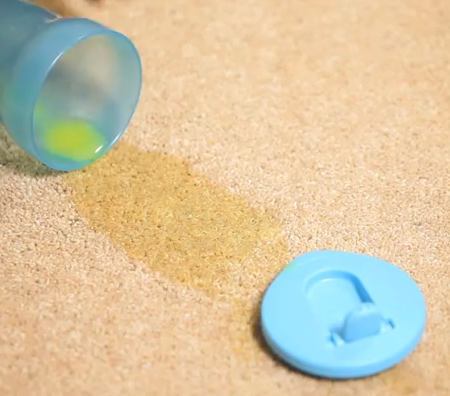

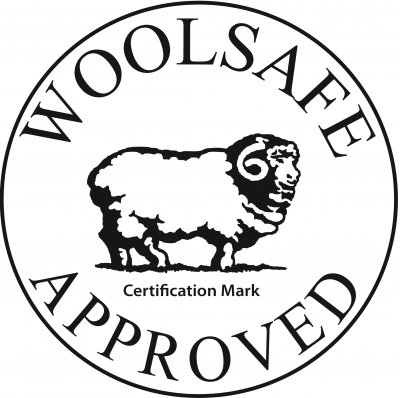
Leave a Reply
You must be logged in to post a comment.